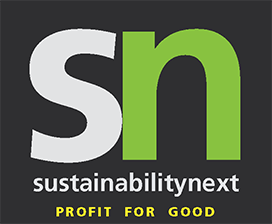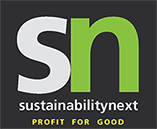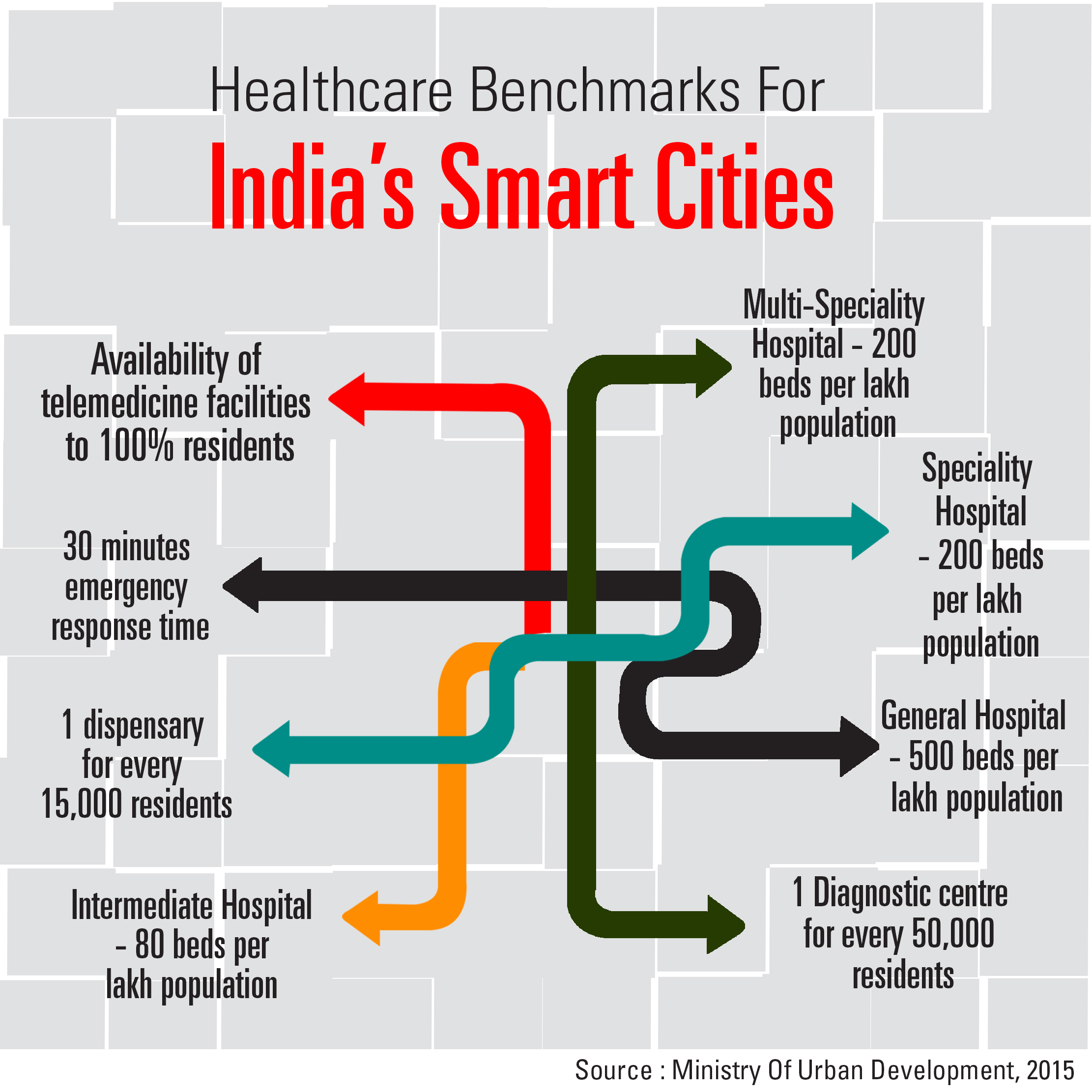A city which is both sustainable and smart will leverage ICT as well as place the sustainability lens over urban development and planning. Excerpts from a white paper prepared for a seminar organized by the Information Exchange Group’s summit ‘Smart City Landscape 2015’, held in New Delhi on 10 – 11 September 2015.
In India, as per the data from Census 2011, the population living in urban regions contributes 63% of the country’s GDP. By the year 2030, cities are forecast to have 40% of the country’s population and account for 75% of the country’s GDP. Thus, cities are likely to continue being the powerhouses and talent warehouses of India.
Apart from advantages, urbanization also brings with it certain challenges. Many Indian cities are plagued with various environmental, social and economic issues such as resource scarcity, congestion, pollution, poverty, lack of affordable housing, proliferation of informal dwelling, as well as sewerage and sanitation problems.
In fact, cities account for 60–80% of energy consumption across the globe and for more than 70% of worldwide carbon dioxide emissions. In order to provide better living conditions for existing and future generations, cities need to be improved by adopting the smart route and at the same time focusing on the sustainability aspect.
Making smart sustainable
Sustainability and urbanization pose big challenges to city commissioners and urban planners. Ever since the advent of the notion of sustainable development, the idea of pursuing a sustainable urban development model for cities has been gaining increasing importance. At the same time, ICT and its applications have played a transformational role in solving complex problems around the world. The potential to use ICT-enabled solutions for helping cities deliver innovative and improved services to citizens led to the concept of smart cities.
A city which is both sustainable and smart will leverage ICT as well as place the sustainability lens over urban development and planning.
The pillars of a smart sustainable city are also directly or indirectly aligned with the objectives of the Sustainable Development Goals (SDG). The closer the integration of sustainability into India’s ‘100 Smart Cities’ initiative, the greater will be the linkages with the SDGs.
Smart and sustainable city dashboard
Each city, with its own vision and plan, needs to work together with various stakeholders and define what ‘progress’ will mean over the course of implementing its plan. Measurable key performance indicators (KPIs) with corresponding targets and timeframes will have to be defined and monitored continuously and the ensuing progress will have to be transparently reported and communicated to all the stakeholders.
How to get there
With the recent announcement of 98 smart city aspirants by the government, India has taken concrete steps towards the smart city transformation. As per the mission guidelines for smart cities released by Ministry of Urban Development, a clean and sustainable environment will be a significant feature for the upcoming smart cities. The sustainability aspect is not just in terms of the environment but also has economic, social and governance dimensions.
The three pillars of sustainable economic advancement, political participation and social emancipation are the core foundations of a smart sustainable city.
Practices that contribute to the development of smart sustainable cities
- Engaging citizens in governance
With the advent of the smartphone revolution, social media proliferation, a dynamic media industry and instant connectivity, people are becoming increasingly aware as well as keen to voice their opinions and do their bit for society by sharing their inputs with policy-makers. Participatory governance focuses on the democratic engagement of citizens to improve citizen participation in governmental policies as well as to crowd-source ideas. It provides a platform for citizen-government interaction that bolsters the concept of democracy as well as improves service delivery and inculcates social inclusiveness.
- Opening up data for transparency and service delivery
The city must have open data that is accessible to all. With open data, governments may fuel the set-up of groundbreaking services and businesses that render commercial and social value. Additionally, open data facilitates coordination among multiple departments and increases the visibility of city coordinates for the delivery of services.
- Active involvement of the private sector
Public-private partnership (PPP) has been hailed as the preferred route for developing smart and sustainable city projects around the world. Large global players, with their wealth of knowledge and resources, need to invest in R&D and develop standardized yet customizable solutions that can be replicated and scaled up around the world. Innovative start-ups and local players will also play a critical role.
For example, Atal Indore City Transport Services Limited (AICTSL) signed a MoU with WBCSD for preparing a mobility plan in July 2014. The city is collaborating with mobility-related private players for developing its sustainable mobility plans through WBCSD’s Sustainable Mobility Project 2.0 (SMP 2.0).
- Tapping innovative financial sources
The Indian government’s smart city initiative has specified several possible funding sources. Besides central and state funding, the list includes possible funding from multi-lateral and bilateral development agencies, pooled municipal debt obligation facilities, municipal bonds, real estate investment trusts and infrastructure investment trusts.
Smart and sustainable projects centered on climate change mitigation and adaptation may access the Green Climate Fund (GCF) of the United Nations Framework Convention on Climate Change (UNFCCC). Projects with positive environmental benefits can also utilize the green bonds. Projects that are in the spirit of corporate social responsibility (CSR), as defined by the Companies Act, 2013, may attract funds from companies with significant unspent CSR budgets. Crowd-funding has also been identified as a potential route for supporting citywide projects.
For example, Mosaic, a US-based marketplace lending firm, provides a unique crowd-funding platform allowing investors to lend their money for supporting rooftop solar power projects and earn a return on their investment.
The core of sustainable development is meeting the needs of the present without compromising the ability of future generations to meet their own needs.
The path towards becoming smart and sustainable will invariably require coordinated action by the multiple city stakeholders. Cities may establish a nodal agency that will work together with city officials and policy-makers, in order to ensure that municipal strategies and urban planning targets are completely aligned with the city’s overall smart and sustainable vision.
Responsibility and accountability are integral towards making our community more sustainable. Good governance serves as a powerful inspiration for promoting reforms in policies and programs for sustainable development.
Smart sustainable cities will lay the foundations for a better future—a future where cities care for people, the earth, air, water and the environment.





[…] Sustainablity for India […]